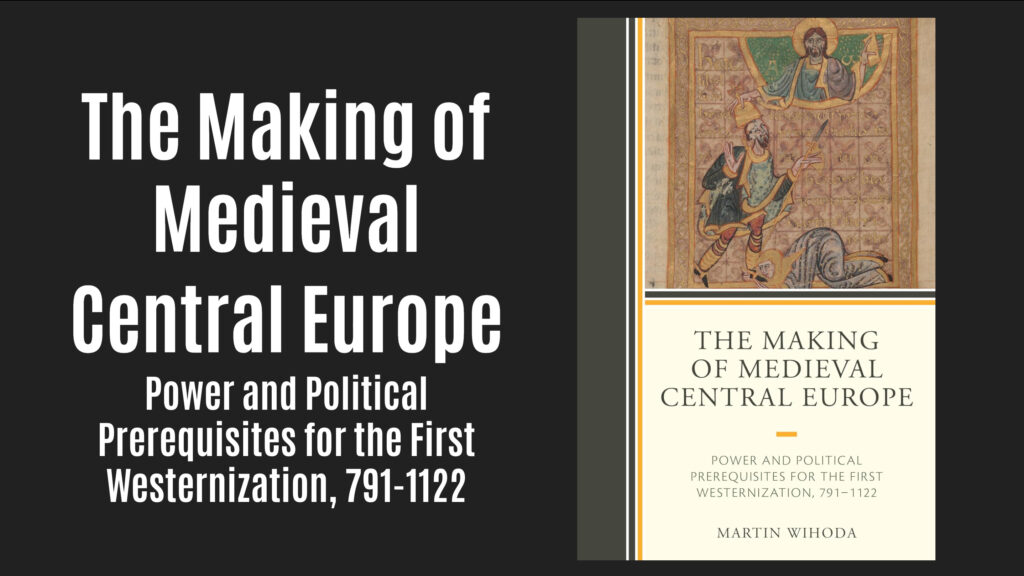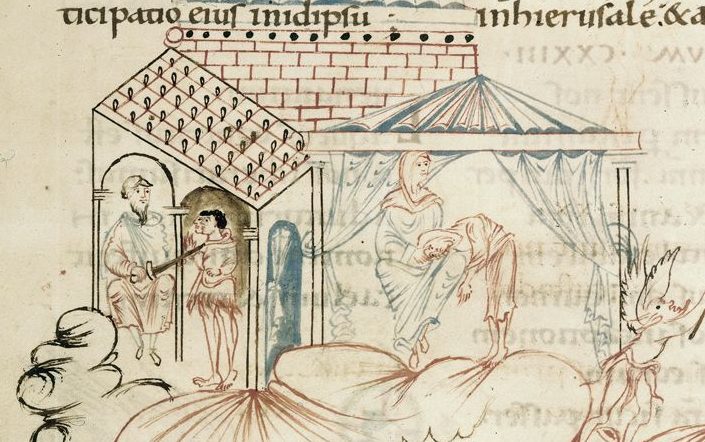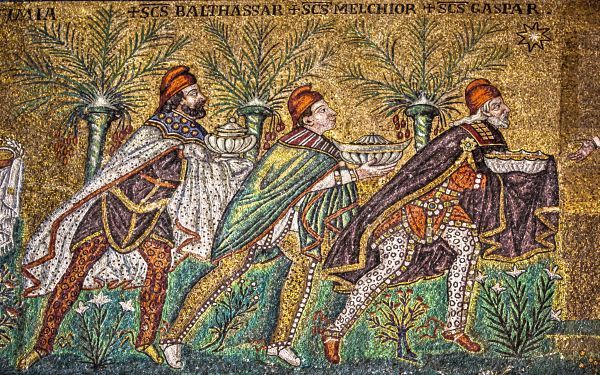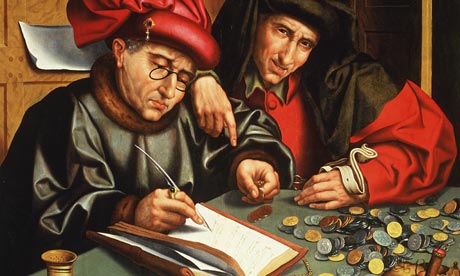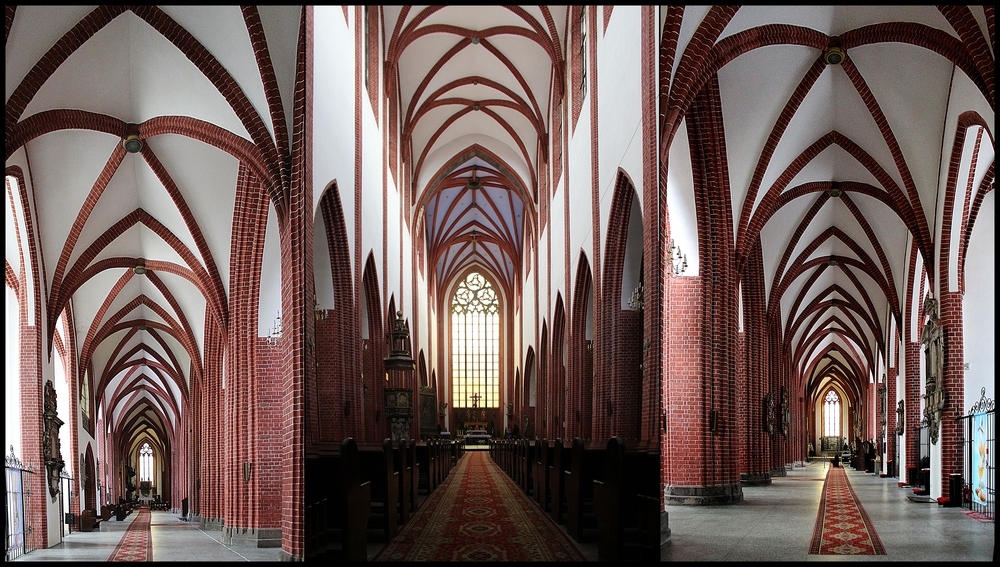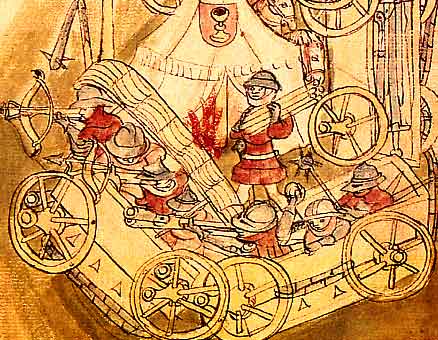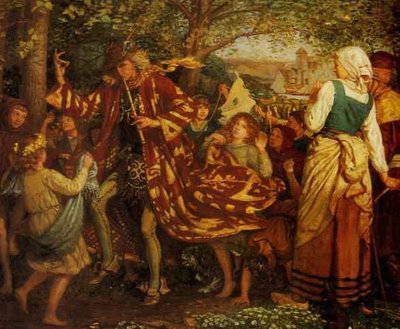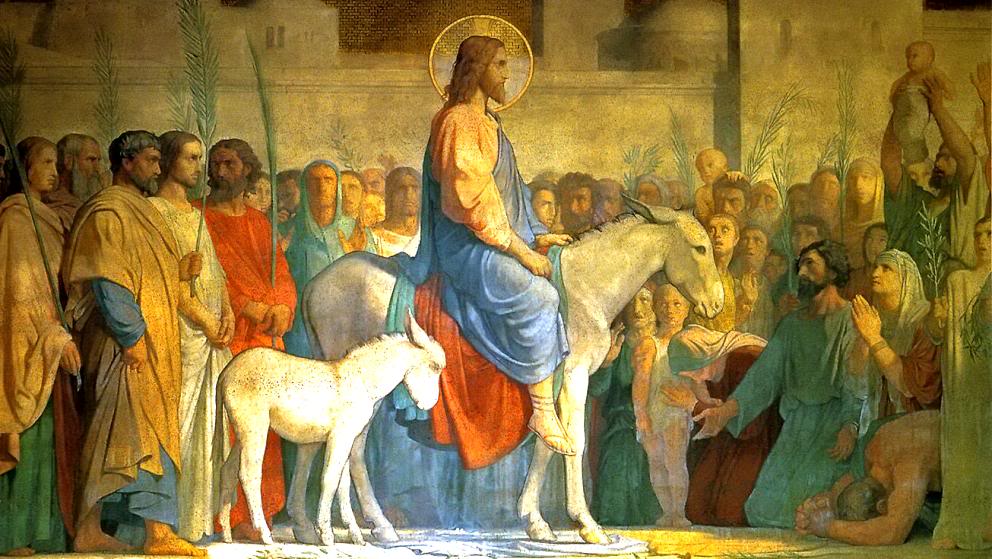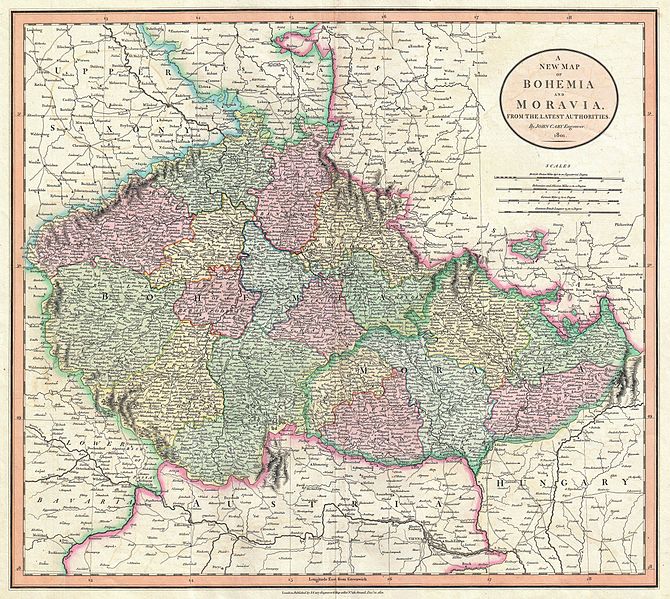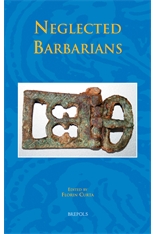New Medieval Books: The Making of Medieval Central Europe
As the Poles, Czechs, and Hungarians established their medieval states, they became deeply entangled with the Holy Roman Empire and other Western European powers. This book explores the complex politics and state-building processes of Central Europe, a region marked by both cooperation and conflict.
Medieval Street Uncovered in Czechia
Archaeologists in Pardubice, Czechia, have uncovered a rare 14th-century street surface beneath the city’s modern pavement—offering a glimpse into urban life in the Middle Ages.
Medieval Farmers Showed Remarkable Efficiency in Land Use, New Study Reveals
Beneath the temperate forests of western Czechia lies evidence of medieval agricultural ingenuity, revealing how farmers prioritised cereal crops, practised fertilisation, and carefully organised their land. A new study has uncovered these insights through soil analysis, offering a unique glimpse into the economic and ecological practices of the Middle Ages.
The Emperor in Politics and Love: The Four Wives of Charles IV
Here are the stories of these four wives and their marriages to the emperor.
New insights into the buried warrior at Prague Castle
Used as a propaganda tool by the Nazis and Soviets during the Second World War and Cold War, the remains of a 10th century male, unearthed beneath Prague Castle in 1928, have been the subject of continued debate and archaeological manipulation.
‘Prussians as Bees, Prussians as Dogs’: Metaphors and the Depiction of Pagan Society in the Early Hagiography of St. Adalbert of Prague
This article explores a single such case, that of the depiction of Old Prussians in the early cluster of vitae of St. Adalbert of Prague (+997).
Slave Trading in the British Isles and the Czech Lands, 7th-11th Centuries
This thesis examines slave trading from a regional, comparative perspective for the British Isles and the Czech lands, from the seventh through eleventh centuries.
Epiphany: Three Kings Day
A look at the history behind Epiphany and Twelfth Night.
Czechs and Poles in the Middle Ages: Rivalry, Cooperation and Alliances
The article contains a description of the development of Czech-Polish relations in the Middle Ages.
The Emperor’s Spooky Night
Emperor Charles IV reveals in his autobiography what happened to him one night at Prague Castle, and how he saw a huge swarm of locusts.
Medieval London as Seen through the Eyes of Czech and German Travellers
The aim of this article is to analyze the first depictions of London in Czech literature, namely in travel journals of the Czech writer and traveller Wenzel Schaseck of Birkov and the German burgher Gabriel Tetzel of Gräfenberg
Imperial Memory and the Charles Bridge: Establishing Royal Ceremony for Future Kings
The History behind the Charles Bridge Built during the reigns of Charles IV (1346-1378) and his son, Wenceslas IV (1363-1419), the Charles Bridge crosses the river Vltava in Prague, joining the Old Town on its eastern side, the commercial hub of the city, and the Hradčany and Malá Strana on the west, where the castle and cathedral are located
Characteristics of Medieval Artillery in the Light of Written Sources from Bohemia and Poland
Artillery appears in Central Europe at the end of the 14th c. and it starts playing a more significant role only in the next century.
Taxes, Loans, Credit and Debts in the 15th Century Towns of Moravia: A Case Study of Olomouc and Brno
The paper explores urban public finance in the late medieval towns on the example of two largest cities in Moravia—Olomouc and Brno.
The cultural identity of medieval Silesia: the case of art and architecture
The cultural identity of architecture and visual arts of the Middle Ages in Silesia can be analyzed in the following frameworks: 1.) the distinct formal features of local artwork; 2.) the specific content expressed through it. Macro factors (the type of materials and their availability) are important in architecture, as are architectural patterns and styles.
The Adamites: Hippie Heretics of the Middle Ages
Wandering through forests and hills, some of them fell into such insanity that men and women threw off their clothes and went nude, saying that clothes had been adopted because of the sin of the first parents, but that they were in a state of innocence.
Boundaries in the making – Historiography and the isolation of late medieval Bohemia
This paper deals with an episode of early 15th century Bohemian history. During the so-called Hussite wars, a coalition of Catholic powers tried to establish a far-reaching blockade on trade and commerce against the kingdom of Bohemia, which then was considered to be a hotbed of heresy, and to be rebellious against its legitimate ruler and the papal church.
Fortified Settlements of the 9th and 10th Centuries ad in Central Europe: Structure, Function and Symbolism
The structure, function(s) and symbolism of early medieval (9th–10th centuries ad) fortified settlements from central Europe, in particular today’s Austria, Hungary, Czech Republic and Slovakia, are examined in this paper.
The Early German Settlement of North Eastern Moravia: and What the Pied Piper of Hamelin Had to Do with It
Long ago, primordial forests, dark and impenetrable, surrounded the mountainous frontier, which today separates northeastern Bohemia from large parts of northern Moravia in the Czech Republic. This area was situated north of the sparsely populated flatlands of the March (Morava) River. The stillness of the forests remained largely undisturbed by man.
An early medieval symbol carved on a tree trunk: pathfinder or territorial marker?
The chance discovery of a carved symbol on a waterlogged tree of the six–ninth century AD may be the earliest mark on a living tree that has so far come to light.
Christ in Motion: Portable Objects and Scenographic Environments in the Liturgy of Medieval Bohemia
It accordingly seems clear, from many preserved accounts, that by the end of the fifteenth century the rubric of the Church of Prague was no longer the same and that progressive versions contained different layers of alteration to the performance practice of Palm Sunday ritual.
The Christianisation of Bohemia and Moravia
The territory of what is now Czech Republic consists of essentially two lands, Bohemia and Moravia.
Examples of Medieval Plague Treatises from Central Europe
Studying the phenomenon of the plague in the Middle Ages one discovers that by far the most numerous source material directly connected to the epidemics is represented by the plague treatises
Bohemian Barbarians: Bohemia in Late Antiquity
The settlement of the Bohemian Basin passed through a very complicated development during Late Antiquity.
Jan Hus: The 15th Century Czech Reformer
Neil Fowler performs as Jan Hus (c.1369 – 1415) and depicts his life and teachings.
